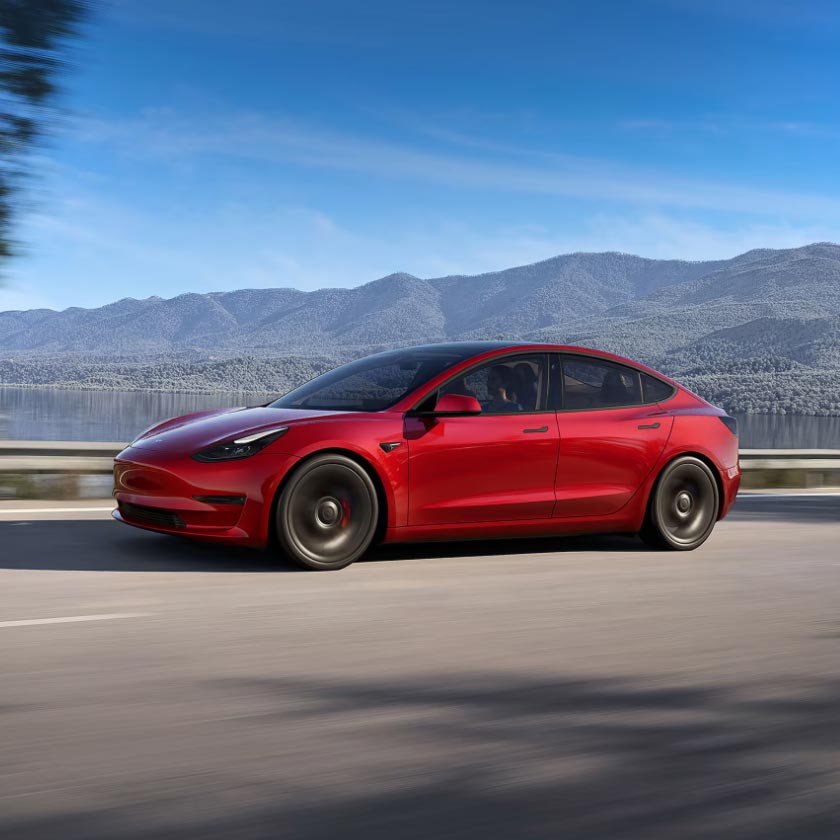Photo: SBS News
The recent fatal crash of a Tesla Model 3 taxi driver in Paris has received a lot of attention. CCTV captures a very fast moving car just seconds before the collision. To date, “unintended acceleration” in Tesla vehicles has never been proven, and drivers blaming the vehicle were determined 100% the culprit in those crashes.
Recently, Parisian taxi company G7 said it had withdrawn 37 Tesla Model 3s from its fleet following a fatal accident. The media reported that the car hit a cyclist, three pedestrians, and a van. As a result of the accident, one person was killed and another twenty were injured. The Paris prosecutor's office is investigating a murder and a negligent assault.
On Thursday, SBS News released a CCTV video of the restaurant showing the car just moments before the tragic accident. The video shows the Model 3 speeding past the restaurant at high speed. This caught the attention of its visitors, whose gazes turned to the window. Behind the scenes, we can also hear the voices of people who are very surprised at such a high speed of the car. Literally a few seconds later, the sound of a crash is heard and the frightened faces of visitors who look out the window indicate that something terrible has happened.
The Tesla vehicle’s driver, a taxi driver who was driving the car outside of working hours, claims to have pressed the brake pedal, but the car continued to accelerate. These are very familiar words that we have already heard many times from some Tesla drivers after accidents. “Unintended acceleration” of Tesla vehicles is a common accusation from people who do not want to take responsibility for what their actions have led to. Recall that for the entire period of the company's operation, its cars have never had unintended acceleration, and all the drivers who blamed the cars for this were ultimately found 100% guilty of accidents.
The accelerator pedals in Model S, X, 3, and Y vehicles have two independent position sensors, and if there is any error, the system defaults to cut off motor torque. Likewise, applying the brake pedal simultaneously with the accelerator pedal will override the accelerator pedal input and cut off motor torque, and regardless of the torque, sustained braking will stop the car. Each system is independent and records data, so Tesla can examine exactly what happened.
In addition, it is worth bearing in mind the circumstances of the accident in Paris. The driver spent time with his family outside of working hours in the Model 3. Before he accelerated hard, the vehicle stopped in front of a traffic light, waiting for the red light to change to green. It's no secret that drivers of various cars often use strong acceleration in such a situation to quickly pick up speed and continue driving, or just enjoy the speed. Tesla's data shows that the car had no technical faults. The investigation continues and the manufacturer is ready to comprehensively assist it as needed.

© 2021, Eva Fox | Tesmanian. All rights reserved.
_____________________________
We appreciate your readership! Please share your thoughts in the comment section below.
Article edited by @SmokeyShorts, you can follow him on Twitter








